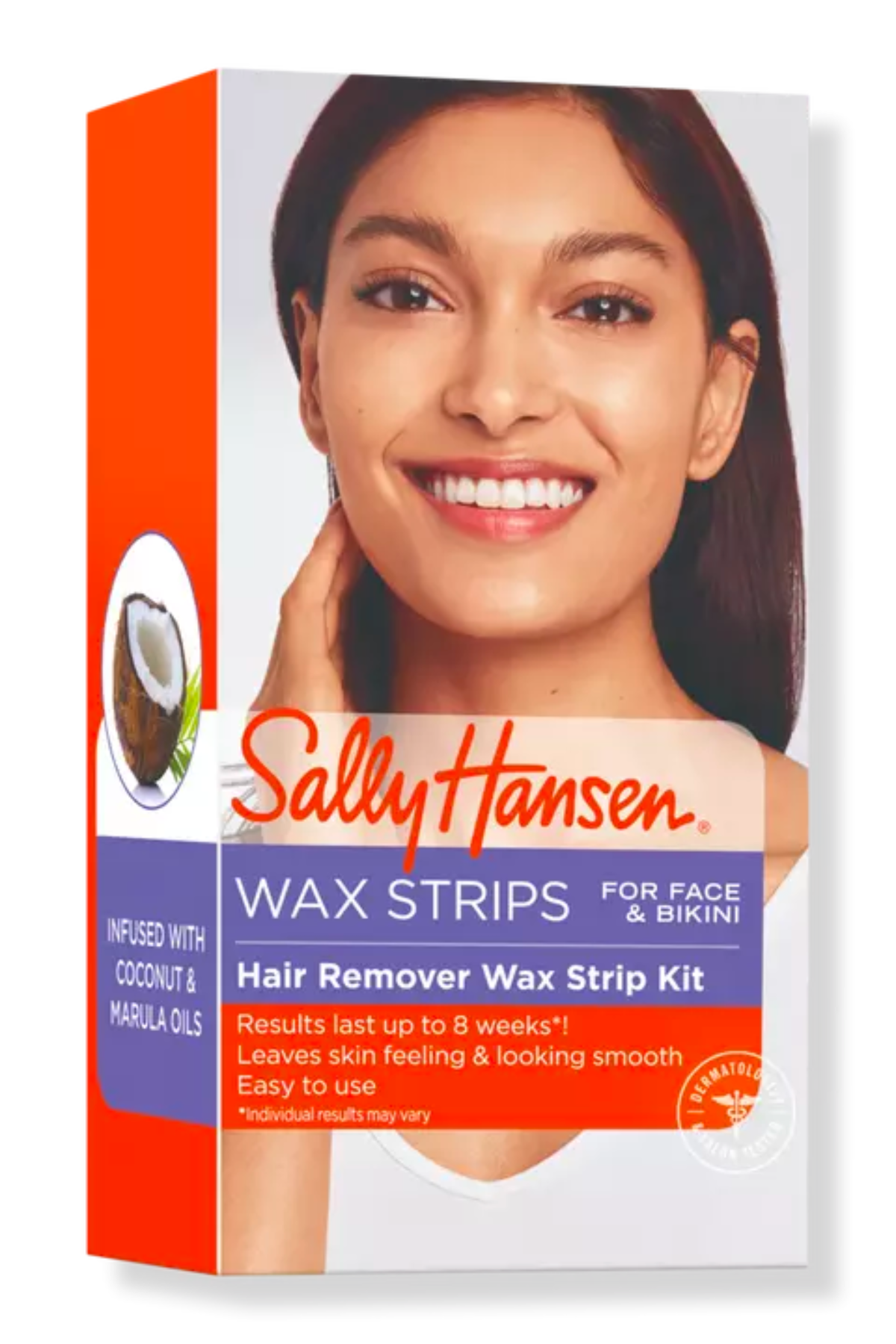
If, like me, you're sick of shaving your armpits on a near-daily basis, you can consider waxing them at home. While yes, you could bring out the big guns and invest in an at-home laser hair removal device to take care of your hair, waxing presents a happy medium-type solution: results last longer than shaving but aren't as painful—and don't come with as many risks—as using a laser or IPL device. Ahead, dermatologist Dr. Karan Lal breaks down everything you need to know about how to wax your underarms at home.
Deciding how—if at all—to remove the hair anywhere on your body is your business and your business alone. If you're still unsure about which method is right for you right now, check out Marie Claire's guide on the differences between waxing and shaving as well as the guide to the best at-home waxing kits.
Is Waxing Your Armpits at Home Safe?
Let's start with the good news: Yes, waxing your armpits at home is generally safe. Dr. Karan Lal, a Double Board certified adult and pediatric dermatologist and fellowship-trained Cosmetic dermatologist at Affiliated Dermatology in Scottsdale, Arizona, even says that the underarm area is "a great place to start since it is hidden well." His only note? If you have skin conditions like "hidradenitis or recurrent ingrown hairs," check with your dermatologist before you consider waxing any part of your body at home. (As always, we recommend talking to a dermatologist before making any hair removal or skincare decision, as they can recommend the best products for you specifically.)
Making sure that you don't go over the same area over and over is another great way to avoid irritation or burns, especially in such a sensitive area, and avoiding waxing kits that you have to heat up yourself saves you from accidentally burning yourself.
How Long Should The Hair Be to Wax?
How long should your hair be before you wax it? "1/4 to 3/4 inch is the sweet spot," says Dr. Lal. That equates to roughly the length of a grain of rice. If the hair is shorter than that, the wax strips won't be able to securely grab hold of the strands to properly remove them. If the hair is longer than that length, you run the risk of having the hairs break off as opposed to being removed fully.
How to Wax Your Armpits at Home
- Shave and Wash the Area Before You Start: Using an antibacterial soap in the area will get rid of dirt, sweat, and other grime for the cleanest, easiest wax. You also want to make sure that your hair is the correct length, so trim the area accordingly.
- Apply the Wax Strips: Apply the "wax or strips on the hair-bearing areas in direction of hair growth," says Dr. Lal. Firmly smoothing the strip with your hand will guarantee the cleanest application and removal.
- Remove the Strip: Pulling the strip in one fluid motion while keeping the skin taught is the easiest and fastest way to do remove the strips. Dr. Lal says that you should pull the strip "parallel to skin" rather than pulling directly up for the best results.
The Best At-Home Waxing Kits

Sally Hansen Hair Remover Wax Strip Kit

Nad's Natural Natural Sugar Wax
Preparation
Dr. Lal
Aftercare
Along with keeping the area well hydrated with sooting ingredients like aloe, you want to make sure that your underarms stay free from any products that can use inflammation or redness.. "Do not use any antiperspirants or alcohol-based products right after as these can irritate your thin skin in this area," Dr. Lal says.
Stay In The Know
Marie Claire email subscribers
Contact me with news and offers from other Future brandsReceive email from us on behalf of our trusted partners or sponsorsBy submitting your information you agree to the Terms & Conditions and Privacy Policy and are aged 16 or over.
Meet The Expert
Dr. Karan Lal
Originally from New York City, he grew up in Queens and attended Hunter Science High School in Manhattan. He graduated summa cum laude from the New York Institute of Technology, where he completed a rigorous seven-year accelerated combined medical program. He was selected to be an academic medical scholar, during which he received a Master of Science in neuroscience and a scholarship for three years of medical school and graduate training. He was elected to the Sigma Sigma Phi and Psi Sigma Alpha medical honor societies. He completed his internal medicine internship at the University of Connecticut Medical Center where he was elected intern of the year. He completed a three-year dermatology residency at the University of Massachusetts, where he was elected chief resident. He continued at the University of Massachusetts to complete a pediatric dermatology fellowship, where he gained an interest in vascular anomalies, pediatric laser, and dermatologic surgery of pediatric patients. Dr. Lal specializes in pediatric and adult dermatology, laser surgery, soft tissue filler augmentation, body sculpting, melanocyte keratinocyte transplant surgery for vitiligo and hypopigmentation, pigmentary abnormalities of the skin and enjoys treating patients from birth onwards. He is an expert in atopic dermatitis, vitiligo, melasma, psoriasis, and hidradenitis and has worked in specialty clinics among experts. He is the only board-certified pediatric and fellowship-trained cosmetic dermatologist in the country.





































